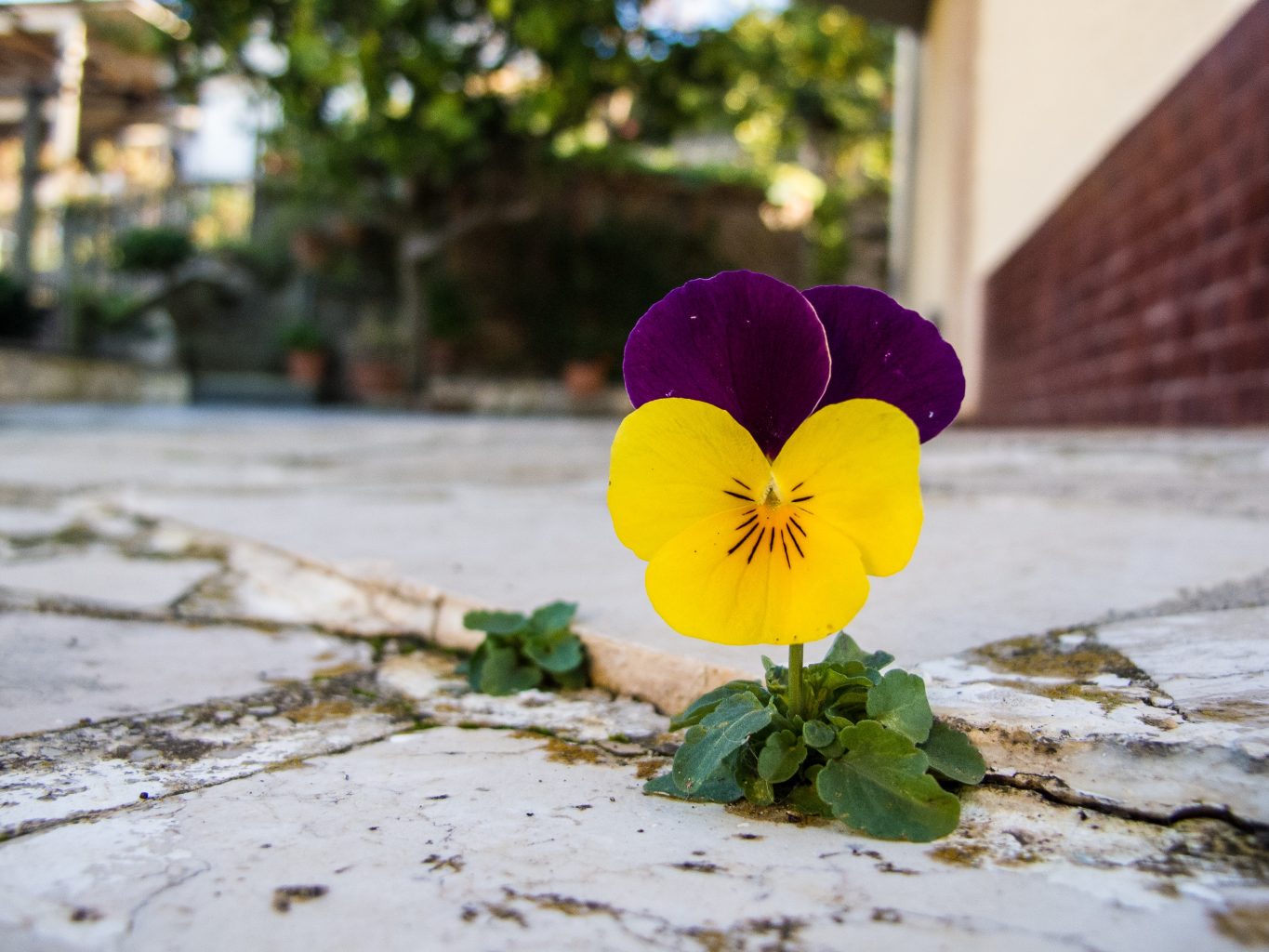
Beautifully delicate, the pansy is a hardy little plant that resists disease and cooler climates as well as being agreeably low maintenance. It is one of those flowers that most everyone has seen many times during their lives. If we don’t plant them ourselves, they are likely somewhere in our environment. Either way, pansies are worth a closer look.
Pansies and violets are similar. By looking into their little faces and taking note of the petal arrangement you can see that a viola has 2 petals pointing up and 3 pointing down. Pansy flowers are larger and more circular than the viola and they have 2 petals pointing up, 2 pointing sideways and 1 pointing down.
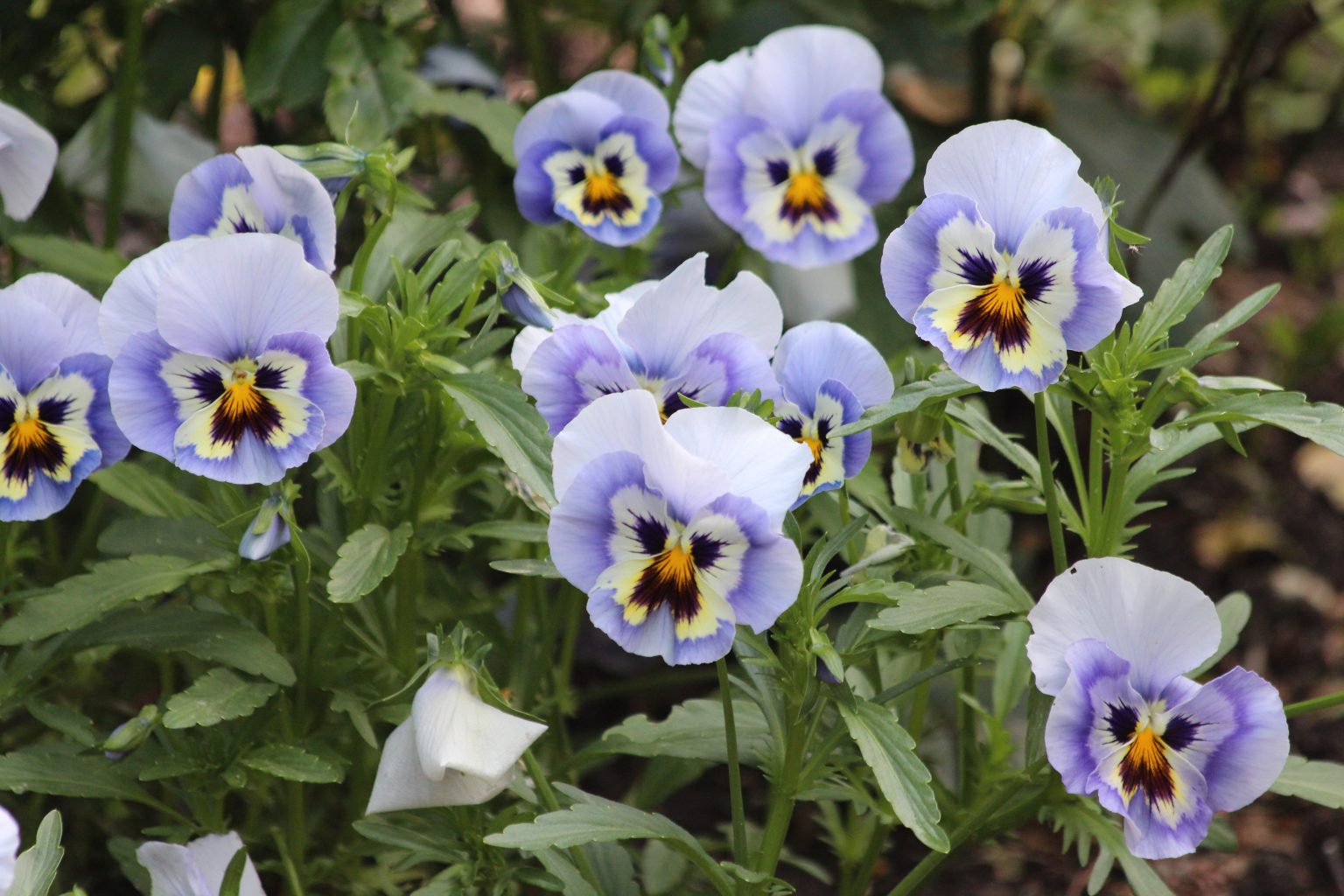
The pansy’s history is linked to the viola genus which has over 500 species and were apparently part of life in Greece in the 4th century B.C. for medicinal purposes. It is rumored that sometime later in Europe (maybe France), a flower similar to the viola was seen growing in open areas, alpine meadows and rocky ledges where there was a lot of sunlight. These were known as wild pansies.
The pansy, as we now know it, is said to have been cultivated in the early 1800’s when Lord Gambier and his gardener began crossing viola species in their English garden. It was the gardener, William Thompson, who crossed certain species with the central patches of color on the lower petals resulting in the “face” characteristic of many of these beautiful little flowers. The diversity of pansies continue to flourish to this day in myriad shades and many wonderful bi- and tri-color designs.
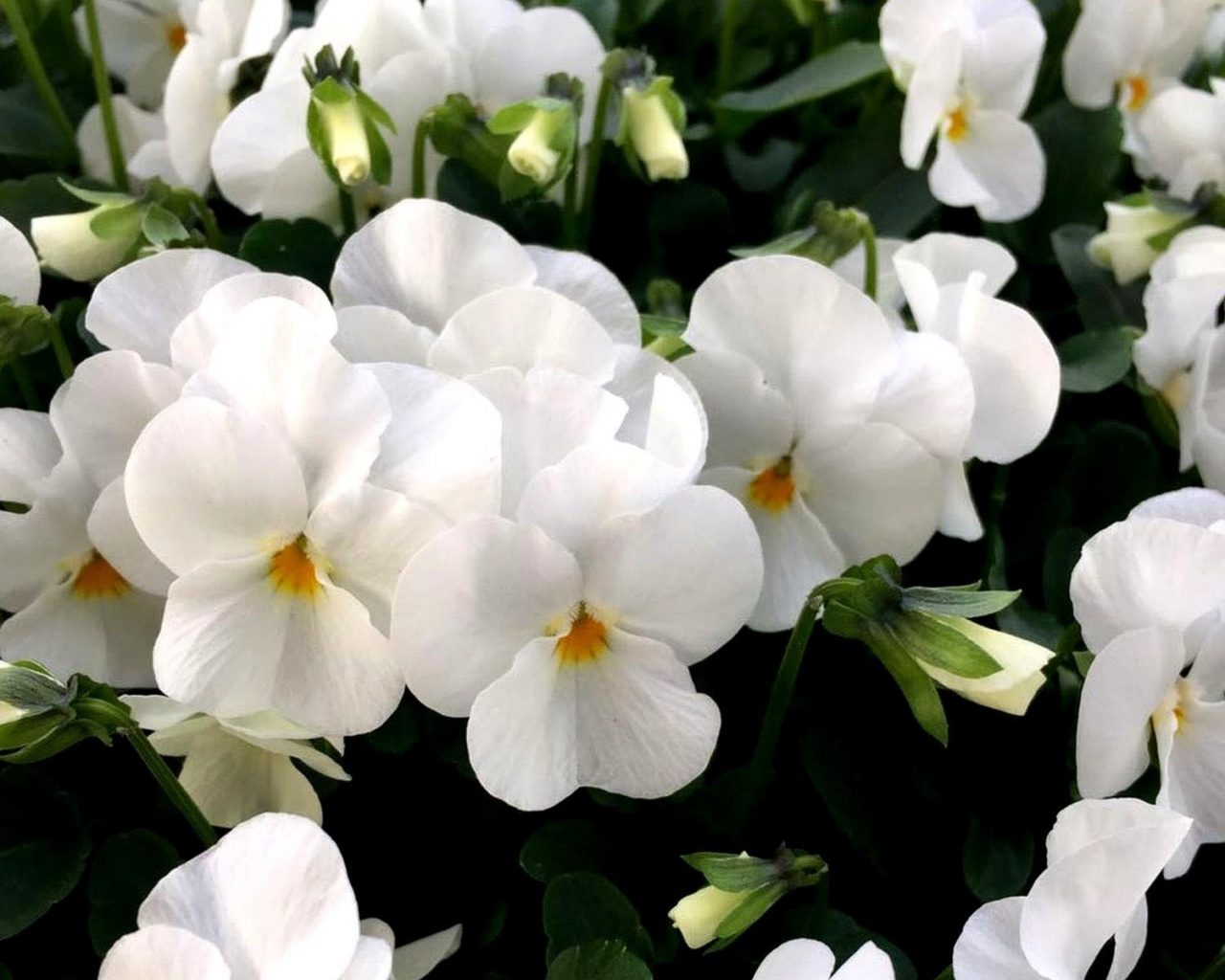
There is a myth about how all pansies were white until cupid’s arrow struck. That is when they gained purple and yellow colors which conferred the magic power to be used in love potions. The 3 colors symbolize 3 things: memories, loving thoughts and souvenirs, all of which ease the heart of lovers in times when they are separated.
The origin of the name pansy has been associated with “thought” from the French “pensée.” The French had a belief that pansies were able to make your lover think of you. Apparently even William Shakespeare knew about the pansy-love-connection because he wrote how the juice of the pansy blossom was used as a love potion in “A Midsummer Night’s Dream.” He said, “the juice of it, on sleeping eyelids laid, will make a man or woman madly dote upon the next live creature that it see.” (Act 2, Scene 1). And regarding the idea of the original French pensée, in “Hamlet” Ophelia says, “There’s pansies, that’s for thoughts.” (Act 4, Scene 5)

Although often seen as only ornamental, the pansy/violet family is edible and medicinal. In Traditional Chinese Medicine, it functions to clear heat, release toxins and resolve masses as well as being used externally to treat some skin conditions. Western folk remedies involve teas or infusions made with pansy said to ease pain, headache, skin disorders and reduce fevers.
If you grow pansies organically, you can enjoy them as a garnish or part of your salad plate. They have a grassy, wintergreen undertone that goes well with fruit salad or beautifully enhances desserts. As one of the edible blossoms, you can eat the entire bloom (not the leaves or roots. It is possible to enjoy them over an extended period as they tend to bloom over and over again.
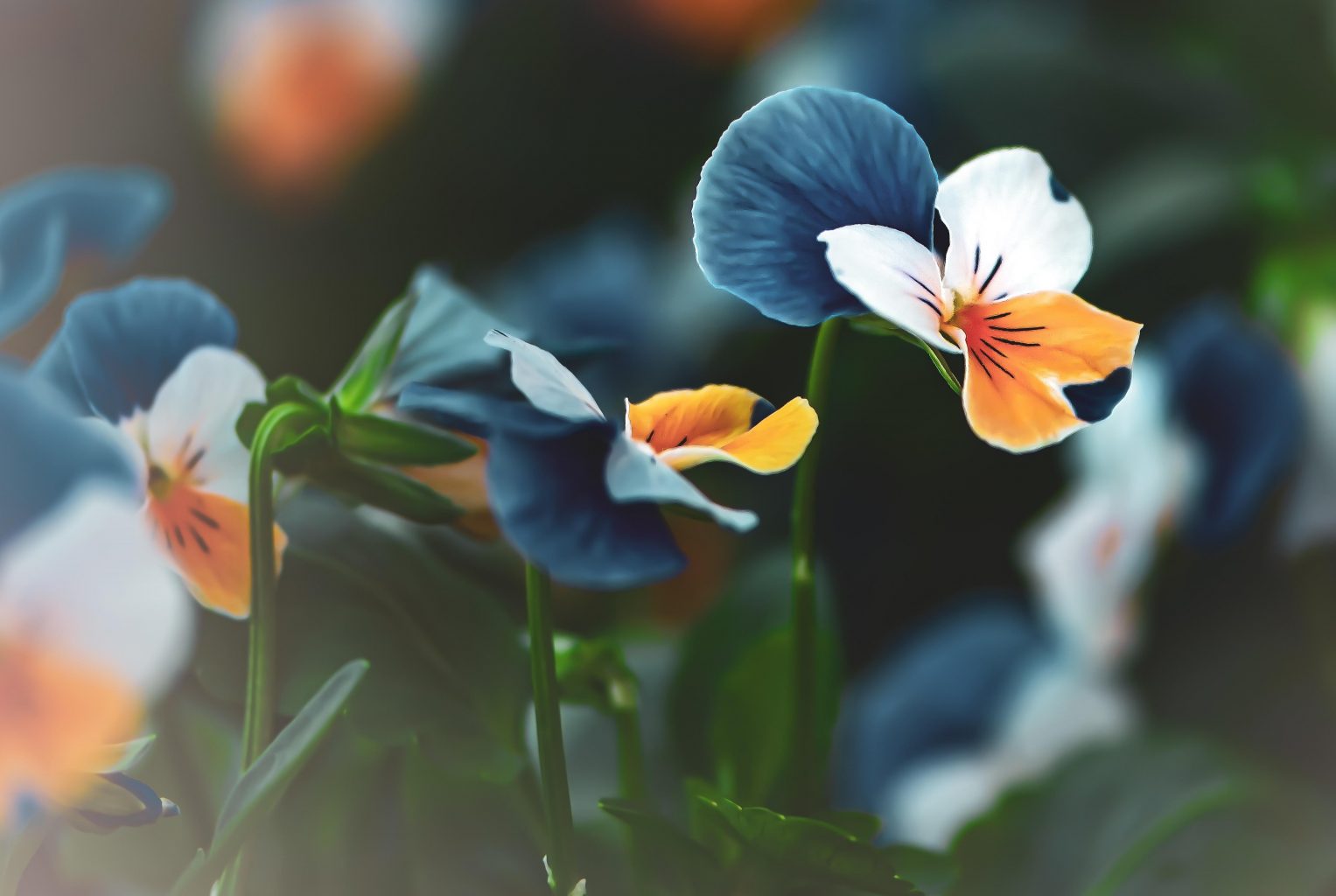
Pansies were a favorite of Victorian children at play. They would cut 2-sided paper dolls, leaving off the head and inserting a pansy flower for the head to make a puppet. The expressive faces of these little flowers prompted many hours of creative fun.
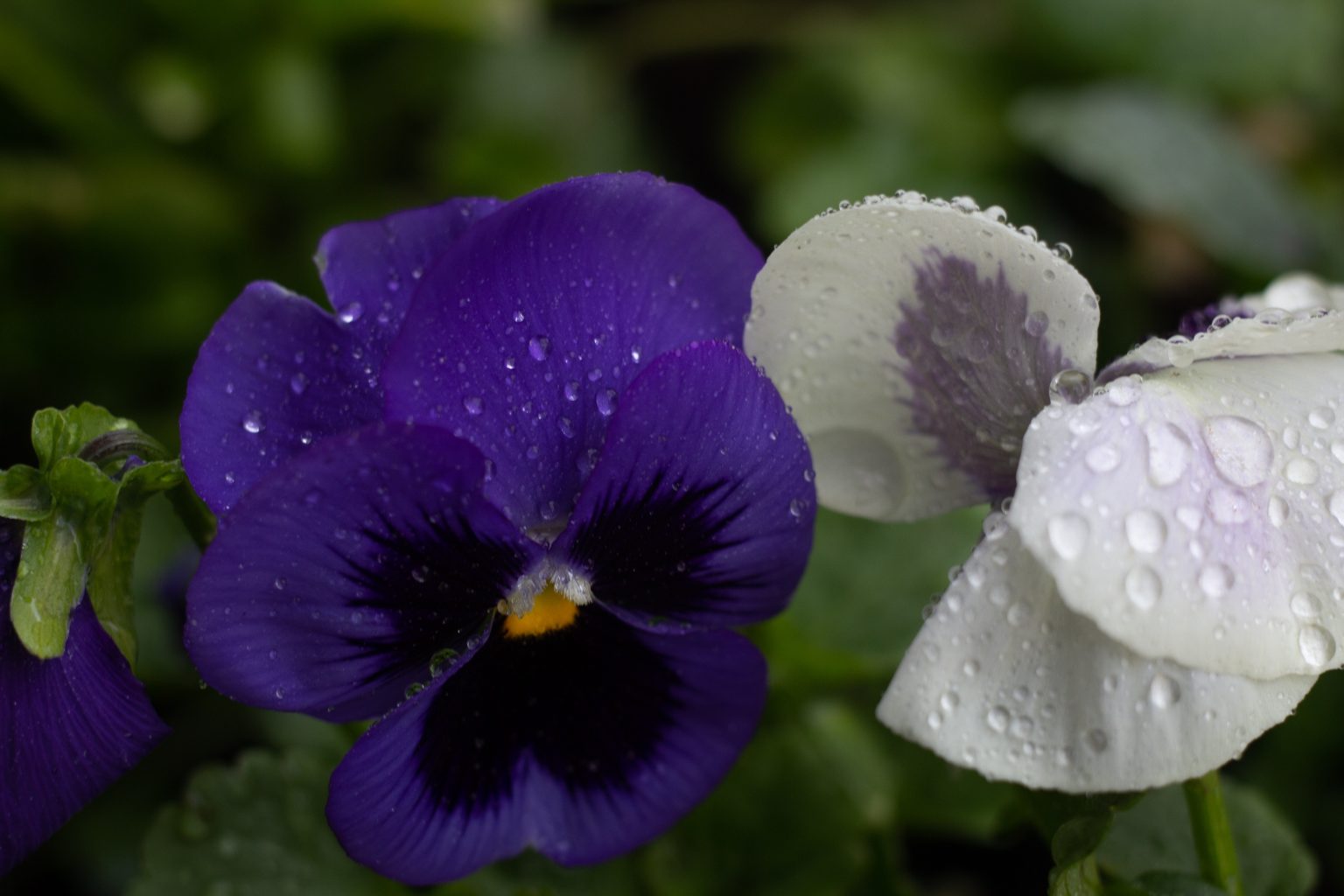
Pansies provide wonderful opportunities for deepening your spiritual practice by bringing them into meditations or using them as a focal point during your quiet time. They are naturally soothing and some say they can assist in connecting with your own inner processes.
Pansy’s association with love and affection prompt uplifting feelings and can strengthen your conscious gratitude practice as you reflect on people, situations or things you appreciate in your life.
There are many ways to include the magical, sunny qualities of pansies in your life. Even just taking a moment to appreciate their happy little faces are moments well spent.
